Exploring Options for Free Dental Care
Access to affordable dental care is essential for maintaining good oral health, but not everyone has the means to cover dental expenses. Fortunately, there are various options available for individuals seeking free dental care. In this blog post, we will explore these options and provide you with real, reliable, and updated sources to support our recommendations. By understanding the avenues for free dental care, you can take proactive steps to prioritize your oral health without financial burdens.
Local Dental Schools:
Dental schools often provide dental services at reduced or no cost as part of their educational programs. Dental students, under the supervision of experienced faculty members, perform procedures ranging from cleanings to fillings. Although treatment may take longer due to the learning process, it can be an excellent option for those in need of free or low-cost dental care. ADA’s resource on dental schools provides information on their role in providing dental care and how their services can benefit individuals seeking affordable or free dental treatment. By visiting dental school clinics, patients can receive quality care while contributing to the education and training of future dental professionals.
Federally Qualified Health Centers (FQHCs):
FQHCs are community-based healthcare providers that offer comprehensive medical, dental, and behavioral health services to underserved populations. These centers provide dental care on a sliding fee scale based on income, ensuring that individuals with limited financial resources can access affordable or free dental treatment. The HRSA’s website allows users to search for FQHCs in their area, making it a valuable resource for individuals seeking free or low-cost dental care. By visiting an FQHC, patients can receive comprehensive dental services, including preventive care, fillings, extractions, and even dentures, without the burden of high costs.
Nonprofit Organizations and Charitable Events:
Several nonprofit organizations and charities organize dental clinics and events to provide free dental care to individuals in need. These initiatives are often community-driven and rely on volunteer dental professionals who offer their services at no cost. From dental cleanings to extractions and restorations, these events aim to address immediate oral health needs. The America’s Dentists Care Foundation conducts dental missions across the United States, offering free dental services to underserved communities. By participating in such events, individuals can receive essential dental care at no cost, relieving pain and addressing urgent dental issues.
Medicaid and CHIP:
Medicaid and the Children’s Health Insurance Program (CHIP) provide free or low-cost healthcare coverage, including dental care, to eligible low-income individuals and families. These programs vary by state, but they often cover preventive services, restorative treatments, and even orthodontic care for children. Medicaid.gov provides information on the dental coverage offered under Medicaid and CHIP, including eligibility requirements and covered services. By enrolling in these programs, individuals and families can access essential dental care without financial strain.
conclusion
Prioritizing oral health should not be limited by financial constraints. By taking advantage of these options and utilizing the resources provided, individuals can find avenues for free or affordable dental care, ensuring their oral health needs are met. Remember, regular dental care is essential for preventing oral health problems and maintaining overall well-being. If you’re in need of immediate dental attention, the Emergency Dentist Clinics directory can assist in finding emergency dental care in your area. Don’t let financial barriers hinder your oral health—explore the options available and take proactive steps to care for your teeth and gums.
Resources:

